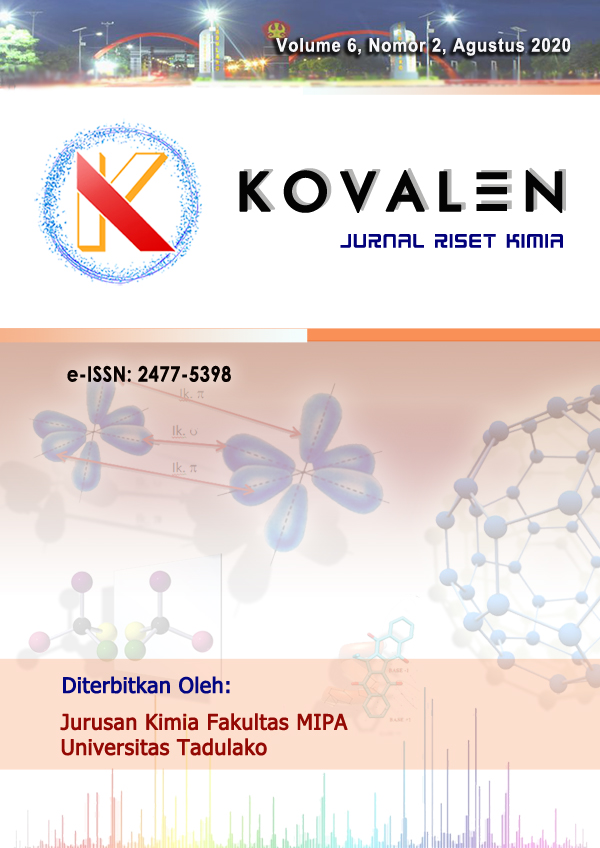Main Article Content
Abstract
Development of renewable resource-based polymers attracts attention to solve environmental problems due to the build up of polymer (plastic). Poly(lactic acid) (PLA) is one of the most widely used polymers which have good biodegradability and processability. The addition of fillers to the PLA matrix aims to improve the characteristics of the PLA, such as mechanical properties of nanocomposites of PLA. Thus, PLA can be use as substitution of fossil fuel-based polymer. Spent Bleaching Earth (SBE) can be used as a filler after regeneration process. SBE was extracted and oxidized to take its oil content. Then, SBE was modified with urea solution to increase the interlayer distance. In this study, structure of nanocomposites was characterized using X-Ray Diffraction and mechanical properties of nanocomposites were characterized using Universal Testing Machines. X-Ray Diffraction characterization results show that PLA-SBE nanocomposite and PLA-modified regenerated SBE nanocomposites do not form new peaks, so SBE and modified regenerated SBE is intercalated and partially exfoliated in the PLA matrix. The degree of intercalation/exfoliation is indicated by the results of characterization of mechanical properties. The mechanical properties of PLA-SBE nanocomposite are lower than neat PLA, whereas the mechanical properties of PLA-modified regenerated SBE nanocomposites are higher than neat PLA. The best mechanical properties of nanocomposites were obtained for PLA-5% modified regenerated SBE, with elongation and tensile strength, 3.26%, and 42.22 MPa, respectively.
Keywords: nanocomposites, poly(lactic acid), regeneration, spent bleaching earth

